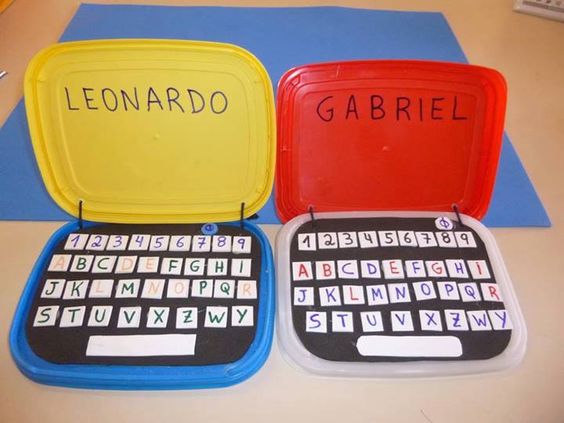This is a long read, but the writing style was pleasantly personal and slightly humors, which I really appreciate. It kept me interested despite my short attention span when it comes to absorbing information from huge chunks of text.
The reading describes the different aspects of a space or building that change its atmosphere. It states that a quality architecture is something that can move people. To move people, they have to be able to feel something within a space, an atmosphere. The atmosphere can be altered simply by changing any aspect of it, creating various types of vibes that you can feel when you enter a certain space. The initial atmosphere of a space determines if you would even consider entering it or not. Every element contributes to the overall atmosphere of a space; objects, people, materials, sounds, temperature, light. Even the positioning and proportion of objects and structures are factored in. By controlling these, a building or space can either blend in with its surroundings or stand out.
Like the anatomy of a body, the space has different components that forms it and makes it whole; one difference in material can change its looks and atmosphere completely. Compatibility of materials also matters, it results from seeing how different materials react with one another. Do they clash or compliment one another? The same material alone can be treated differently, each variation giving a different feel. Peter Zumthor talked about how he couldn’t use soft cedar in a space made of concrete because didn’t look balanced. He needed to replace it with something like ebony; something darker, dense enough to counter the weight of the concrete. But then things didn’t work out as planned, materials kept changing until the look and feel were just right. To me, this just shows that there is really no sure way to know unless it’s been tested. And even then, the atmosphere can change as time passes, or if new elements are introduced in the surroundings.
The part about sound was probably the most interesting part for me in this reading. Zumthor explained how sound within a space could come from the materials, as well as from echoes and amplifications. Some of these sounds may sound familiar to us. A sound that makes us feel nostalgic, bringing up memories that we now associate with the space. He goes on to task us with taking sound away from a space. His question: is there still sound? I guess not? But I guess the only way I would describe something as loud or soft in a silent room would be depending on the sounds and volumes that I relate to color. For example, the sound of blue would be soft and melodic, whereas red would be loud or sinister. Combined with the types of materials and their textures, I suppose I can imagine their sounds through what I expect them to feel like; rough textures creating grainy noises, and smooth textures creating soft ones. I can see how all these can alter the atmosphere of a space, especially when we relate them to our own past experiences.
Temperature in space can also affect the overall atmosphere of a space, and I honestly never really thought about how a building can extract warmth from us without direct contact. Even surrounding objects like props, decorations, plain clutter, or anything that we have a deep connection with, can trigger a sense of comfort or discomfort within a space, depending on our experiences.
Overall, I understand that the elements that make up a space contribute greatly in making it appealing and inviting, or off-putting and repulsive. Every aspect plays a part, and although the atmosphere may seem pleasant to some, others may not feel the same due to relating differently to the same elements.
































